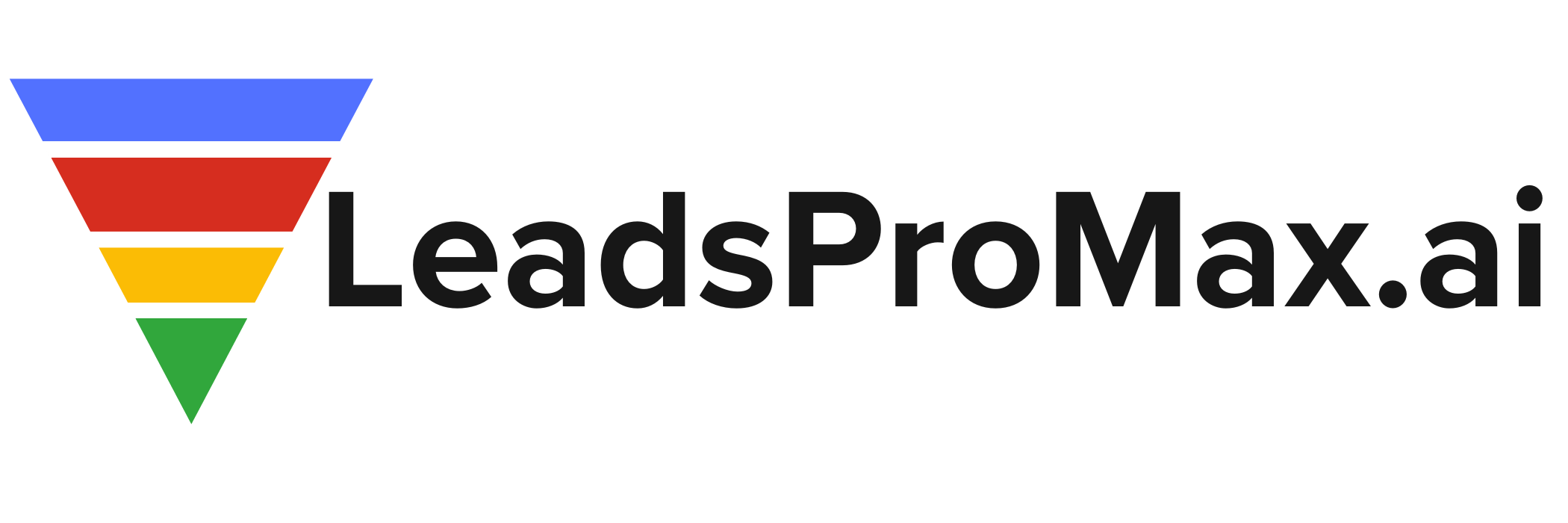Unlocking the Power of Predictive AI Analytics for Smarter Business Decisions
In today’s fast-paced business landscape, making informed decisions is crucial for staying ahead of the competition. With the advent of artificial intelligence (AI) and machine learning, predictive analytics has emerged as a game-changer, empowering businesses to leverage historical data and forecast future trends and outcomes. By harnessing the power of predictive AI analytics, companies can make smarter, data-driven decisions that drive growth, optimize operations, and enhance customer experiences.
The Core Components of Predictive AI Analytics
Predictive AI analytics is a multi-step process that involves several key components. It begins with **data collection** and **preprocessing**, where relevant data is gathered from various sources and cleaned to ensure quality and consistency. Next, **model building** takes place, utilizing advanced algorithms such as linear regression and deep learning to identify patterns and relationships within the data. The models are then **validated** to assess their accuracy and performance before being **deployed** into production environments.
One of the critical aspects of predictive AI analytics is continuous learning and improvement. As new data becomes available, the models adapt and refine their predictions, ensuring that businesses always have access to the most up-to-date insights. This iterative process allows for a dynamic and responsive decision-making framework that evolves alongside the ever-changing business landscape.
Predictive AI Analytics Across Industries
The applications of predictive AI analytics span across various industries, revolutionizing the way businesses operate and make decisions. In marketing and sales, predictive models enable targeted customer segmentation, personalized recommendations, and accurate sales forecasting. By analyzing customer behavior and preferences, companies can tailor their marketing strategies to maximize engagement and conversions.
In the realm of risk management and fraud detection, predictive AI analytics plays a vital role, particularly in sectors such as banking and insurance. By identifying potential risks and fraudulent activities in real-time, businesses can take proactive measures to mitigate losses and protect their assets. Similarly, in healthcare, predictive models can assist in predicting patient outcomes, optimizing treatment plans, and improving overall patient care.
The logistics and transportation industry also benefits greatly from predictive AI analytics. By leveraging historical data on traffic patterns, weather conditions, and demand fluctuations, companies can optimize their routes, reduce operational costs, and enhance customer satisfaction through timely deliveries.
Benefits and Challenges of Predictive AI Analytics
The adoption of predictive AI analytics offers numerous benefits to businesses. By leveraging data-driven insights, companies can improve operational efficiency, reduce costs, and make more informed decisions. Predictive models enable businesses to anticipate customer needs, optimize resource allocation, and identify potential opportunities for growth. Moreover, by proactively addressing risks and challenges, businesses can maintain a competitive edge in their respective industries.
However, implementing predictive AI analytics also comes with its own set of challenges. Ethical considerations, such as data privacy and bias, must be carefully addressed to ensure responsible and fair use of predictive models. Data quality issues, such as incomplete or inconsistent datasets, can impact the accuracy of predictions. Additionally, ensuring transparency and interpretability of predictive models is crucial for building trust and accountability.
The Future of Predictive AI Analytics
As technology continues to advance, the future of predictive AI analytics looks promising. Advancements in machine learning algorithms, such as deep learning and neural networks, will enable even more sophisticated and accurate predictions. Increased automation will streamline the process of data collection, preprocessing, and model deployment, making it more accessible to businesses of all sizes.
Moreover, there is a growing emphasis on ensuring fairness and eliminating biases in predictive models. By leveraging techniques such as adversarial debiasing and fairness constraints, businesses can develop AI models that are not only accurate but also ethical and unbiased. This will be crucial in building trust and confidence in the use of predictive analytics across various domains.
In conclusion, predictive AI analytics is revolutionizing the way businesses make decisions. By leveraging the power of historical data and advanced algorithms, companies can anticipate future trends, optimize operations, and deliver personalized experiences to their customers. As we move forward, embracing predictive AI analytics will be essential for businesses to stay competitive, drive innovation, and unlock new opportunities for growth.
**Share your thoughts and experiences with predictive AI analytics in the comments below. How has it impacted your business or industry? What challenges have you encountered, and how have you overcome them? Let’s engage in a meaningful discussion and learn from each other’s insights.**
#PredictiveAIAnalytics #DataDrivenDecisions #BusinessIntelligence
-> Original article and inspiration provided by ReviewAgent.ai
-> Connect with one of our AI Strategists today at ReviewAgent.ai

